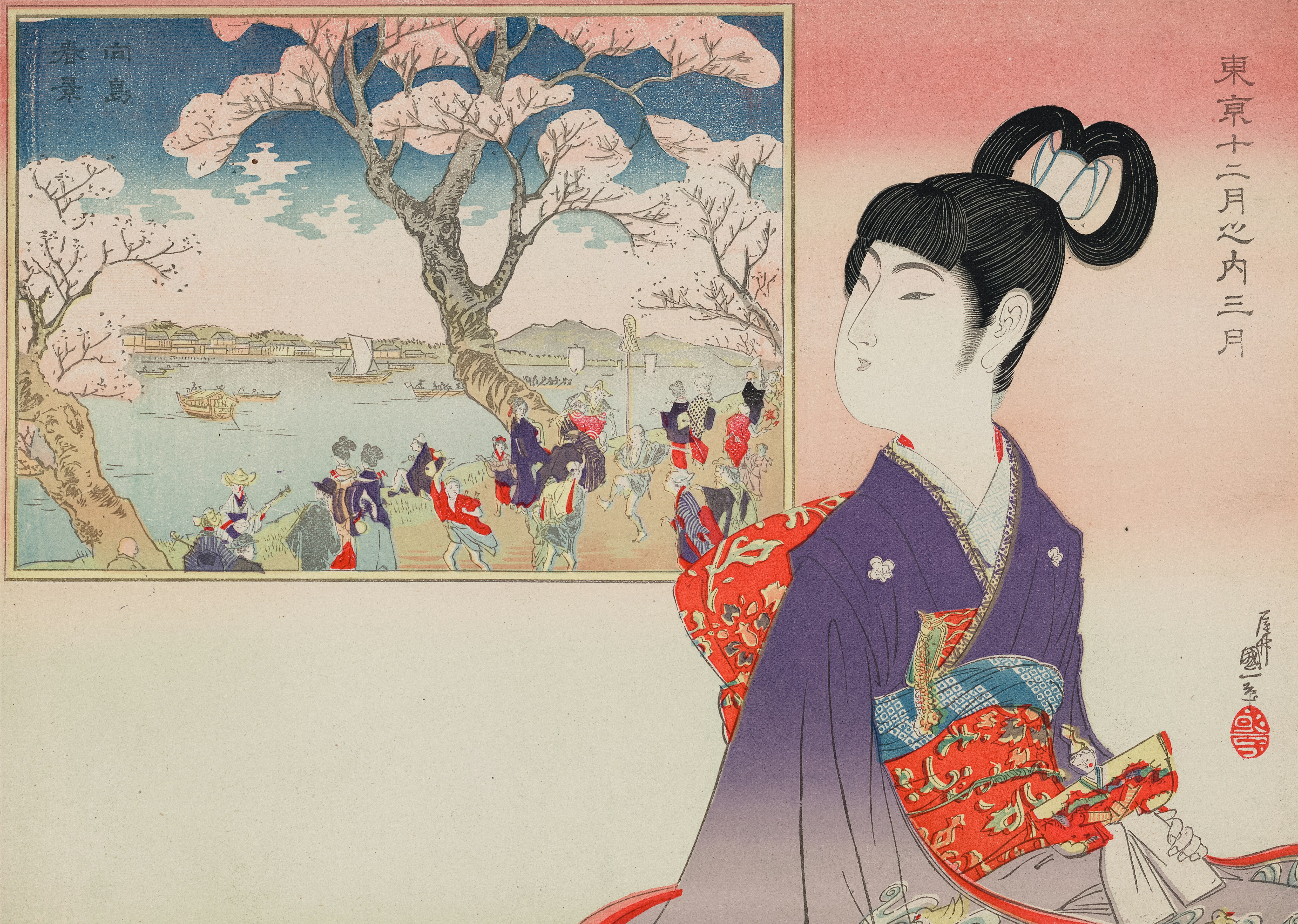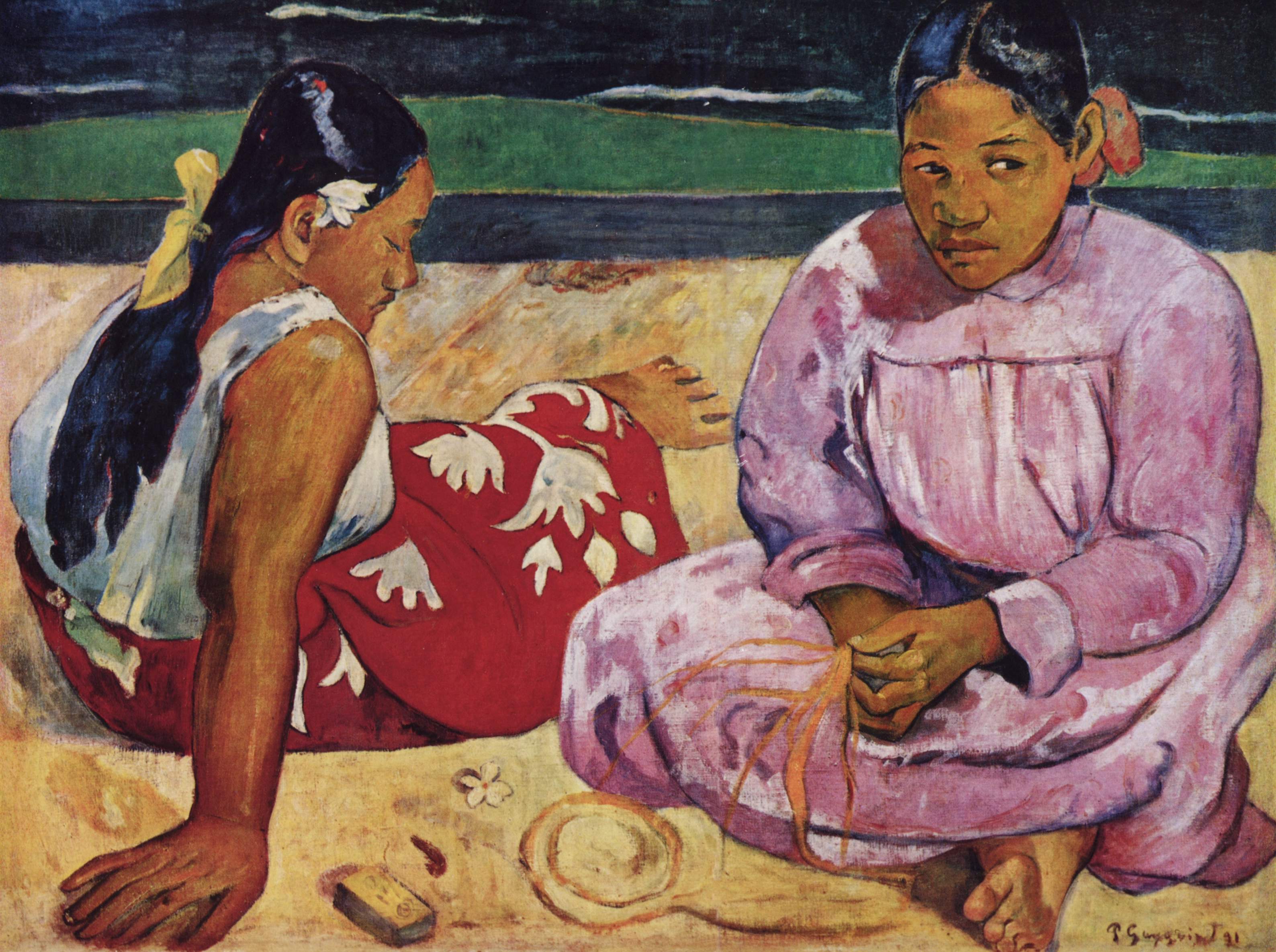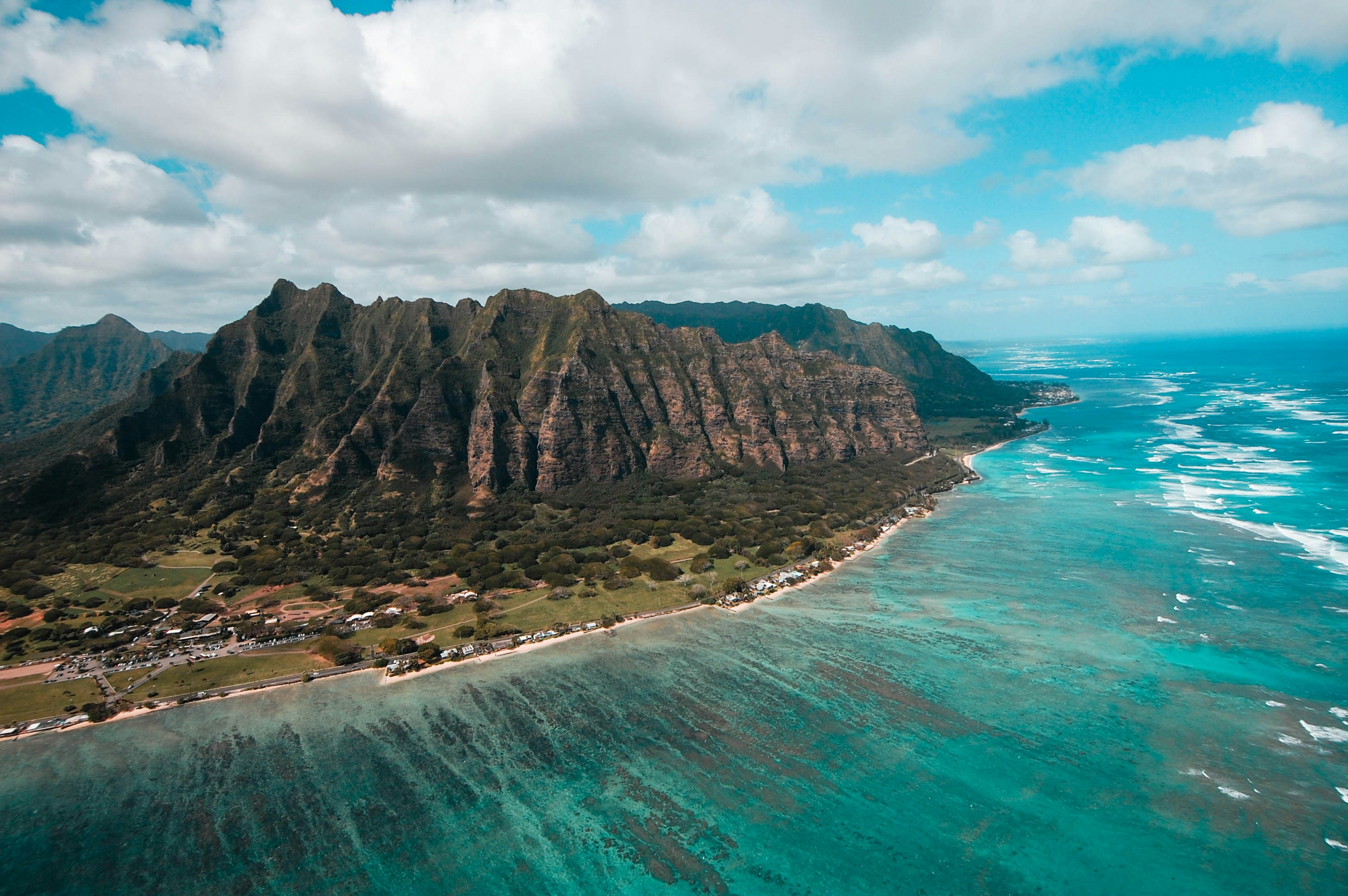The roots of Hawaiian shirts can be traced back to the early 20th century when immigrants arrived in Hawaii, bringing with them their diverse cultural influences. The design of these shirts, often called "Aloha shirts," reflects the melting pot of cultures found in Hawaii, blending elements of
Japanese kimono fabrics
 Filipino embroidery, and Polynesian motifs.
Filipino embroidery, and Polynesian motifs.
Some accounts attribute its creation to a Japanese tailor in Hawaii, fashioning it from kimono cloth, while others suggest it may have evolved from the
barong shirts
 native to the Philippines. Another theory proposes its migration from
Tahiti
native to the Philippines. Another theory proposes its migration from
Tahiti
 , where fabrics adorned with images of hibiscus and breadfruit were commonplace. Even further back, early Hawaiians experimented with staining their barkcloth garments using kukui nut tree juice to achieve vibrant hues of red and yellow ochre.
, where fabrics adorned with images of hibiscus and breadfruit were commonplace. Even further back, early Hawaiians experimented with staining their barkcloth garments using kukui nut tree juice to achieve vibrant hues of red and yellow ochre.
The aloha shirt burst onto the scene in an act of defiance, thanks to Gordon Young's daring choice in the mid-1920s to sport one at the University of Washington, causing quite a stir among campus authorities. However, the exact origins of this iconic shirt remain shrouded in mystery.
The allure of the Hawaiian shirt captivated both locals and tourists alike. Within a mere decade,
Honolulu
 boasted 275 tailors specializing in crafting these shirts, fueling a thriving trade in textiles from Japan. Ironically, this was all before the tragic events of Pearl Harbor, where Japan's attack propelled the United States into World War II.
boasted 275 tailors specializing in crafting these shirts, fueling a thriving trade in textiles from Japan. Ironically, this was all before the tragic events of Pearl Harbor, where Japan's attack propelled the United States into World War II.
Initially worn primarily by native Hawaiians and introduced to the mainland by tourists, Hawaiian shirts gained popularity in the post-World War II era. Hollywood icons like
Elvis Presley
 and
Frank Sinatra
and
Frank Sinatra
![]() sported these bold garments, further solidifying their status as a symbol of leisure and relaxation.
sported these bold garments, further solidifying their status as a symbol of leisure and relaxation.
Beyond their aesthetic appeal, Hawaiian shirts hold deeper cultural significance. They represent the spirit of aloha, embodying the laid-back lifestyle and hospitality of the Hawaiian islands. Each pattern tells a story, whether it's a depiction of lush landscapes, native flora and fauna, or mythical legends.
To the trained eye a shirt can be originated to its source by the style of its print, sometimes right down to the artist who designed it. American, native Hawaiian and Japanese motifs — typically
florals
and plants
, landscapes and the ocean, birds, dragons, tigers and, yes, hula dancing girls — are the leading areas, with the likes of print designer Keiji Kawakami, for instance, responsible for introducing island
and surf-related imagery.
“The art of the aloha shirt is just stunning,” Hope says. “It tells a story, unlike a white button-down Oxford. Back then everything was done in paint and by hand and the lifestyle was slower. The artists weren’t inundated with a mass of media influences and technology. As a shirtmaker I find I can’t get artists to convey the same sense of ease. But that’s not surprising. Now Hawaii is loaded with hotels and condominiums, too. But back then it was a paradise. You’d arrive by steamer in your wool three-piece suit, be greeted with garlands and end up surfing with the beach boys. Why would you go back to your suit? You got yourself an aloha shirt.” As Duke Kahanamoku puts it in one Hawaiian shirt ad of the early fifties: Hoomanau Nui — take it easy.